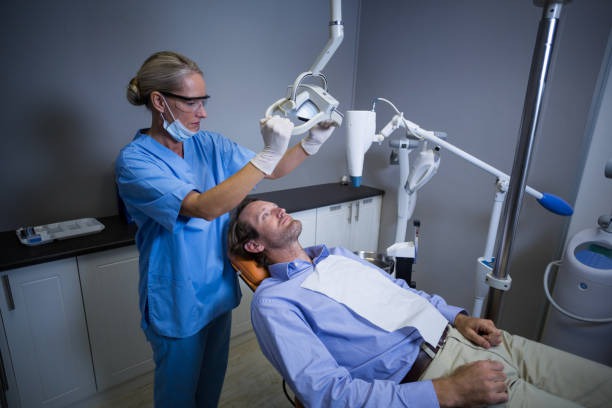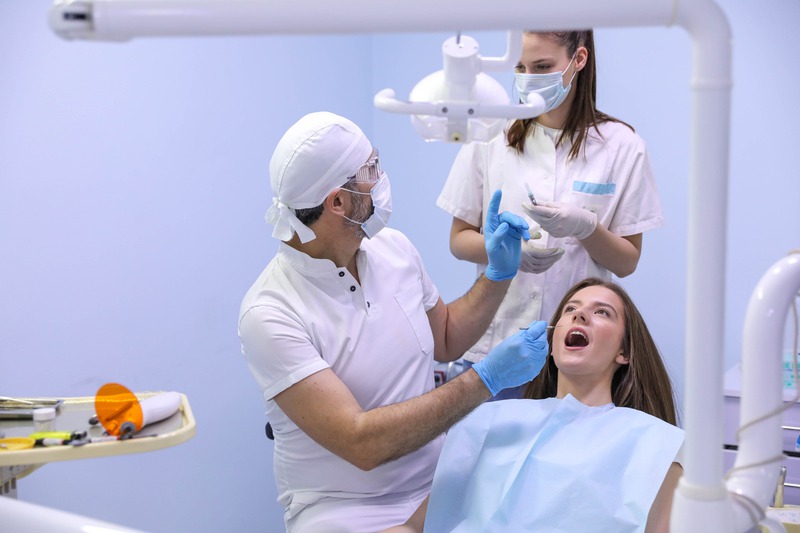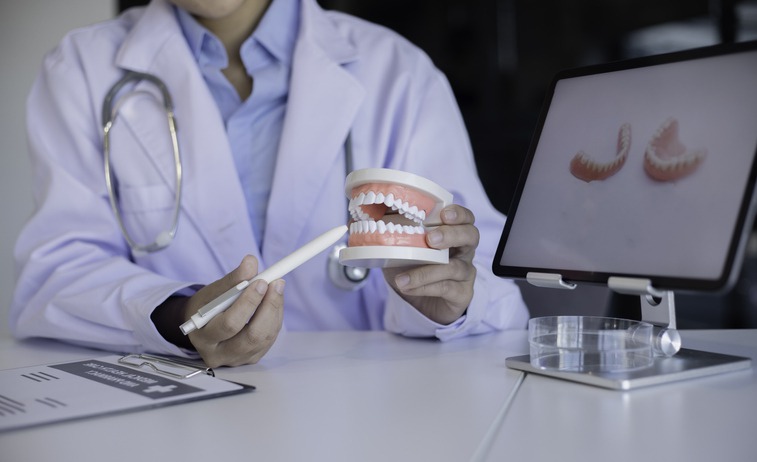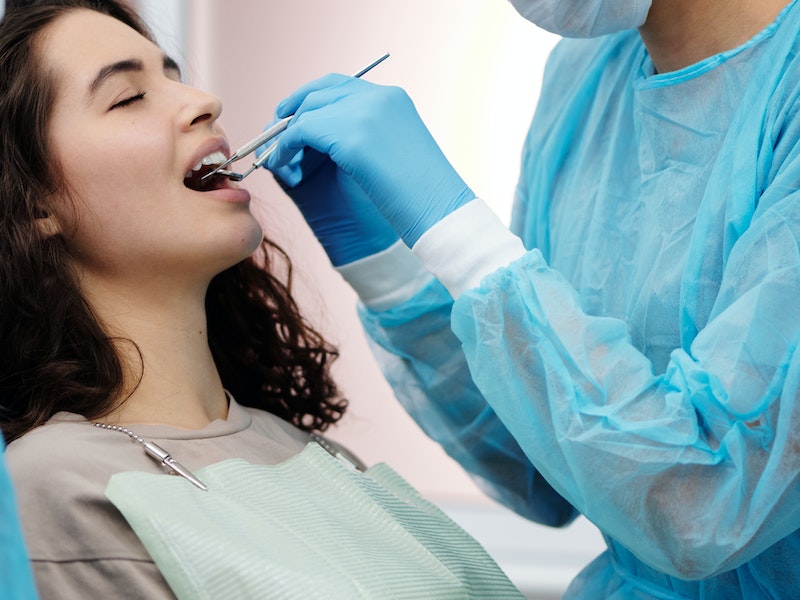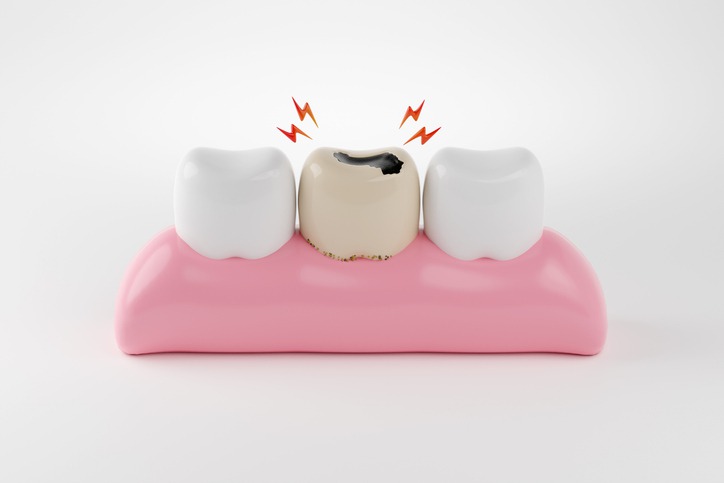
Understanding Preventive, Restorative, and Cosmetic Options in Dental Care
Taking care of your teeth is more than just brushing and flossing. A bright, healthy smile is something we all want, but did you know there are so many different ways to keep your teeth in tip-top shape? Whether you’re looking to prevent dental problems, fix something that’s bothering you, or want a sparkling smile, understanding your dental care options is essential. In this article, we’re going to explore the most popular dental care services: preventive, restorative, and cosmetic. Ready to take charge of your dental health? Let’s get started.
Preventive Dental Care
Let’s start with the basics—preventive dental care. This is all about stopping dental issues before they even have a chance to start. It’s the foundation of a healthy mouth and a big reason you visit your dentist regularly.
What Is Preventive Dental Care?
Preventive dental care means taking steps to avoid cavities, gum disease, enamel wear, and other dental concerns. The main goal is to keep your natural teeth healthy for as long as possible.
Types of Preventive Dental Services
-
Dental Cleanings: Professional cleanings remove hardened plaque and tartar that brushing alone can’t handle.
-
Dental Exams: Routine check-ups help spot problems early on.
-
Dental X-Rays: These allow your dentist to see what’s going on beneath your gumline.
-
Fluoride Treatments: Strengthen tooth enamel and help fight off decay.
-
Dental Sealants: Coating molars with sealants can prevent cavities, especially in kids.
At-Home Preventive Habits
Even between dental visits, there are plenty of things you can do to maintain oral health:
-
Brush twice daily using fluoride toothpaste
-
Floss every day
-
Use mouthwash as recommended by your dentist
-
Eat a balanced diet, low in sugary snacks
Restorative Dental Care
Let’s face it—sometimes, even with the best care, dental issues can happen. That’s where restorative dental care steps in. This branch of dentistry focuses on repairing or replacing teeth that have been damaged, decayed, or lost.
When You Might Need Restorative Dentistry
Life happens, and so do dental setbacks. You might need restorative dental care if you experience:
-
Tooth decay or cavities
-
Cracked or chipped teeth
-
Missing teeth
-
Serious gum disease
Main Types of Restorative Dental Services
Here are some of the most common restorative procedures you may come across:
-
Dental Fillings: These are used to fix cavities. They are made of various materials, such as composite resin, amalgam, or gold.
-
Crowns: These are caps placed over damaged teeth to restore shape, strength, and function.
-
Bridges: Bridges fill the gap caused by one or more missing teeth.
-
Dental Implants: Considered the gold standard for replacing a missing tooth, these are durable, natural-looking solutions.
-
Dentures: Both partial and full dentures can restore function and aesthetics if you have lost several or all of your teeth.
Modern Advancements in Restorative Care
Thanks to dental innovation, restorative procedures are quicker, more comfortable, and longer-lasting than ever before. New materials blend seamlessly with your natural teeth, and many treatments can be completed in just one or two visits.
Dental Services Explained
Who doesn’t want a smile that lights up the room? Cosmetic dental services aren’t just about vanity—they can also boost your confidence and improve your quality of life.
What Is Cosmetic Dentistry?
Cosmetic dentistry focuses on enhancing the look of teeth, gums, and the overall smile. These procedures are usually elective, but they can have a big impact on self-esteem and how you feel daily.
Popular Cosmetic Treatments
-
Teeth Whitening: One of the simplest ways to refresh your smile quickly.
-
Veneers: Thin shells that cover the front of teeth to mask discoloration, chips, or gaps.
-
Dental Bonding: Tooth-colored resin is applied to fix minor flaws such as chips or cracks.
-
Clear Aligners: Discreet ways to straighten your teeth without traditional braces.
-
Smile Makeovers: Customized plans that combine multiple treatments for dramatic results.
Benefits of Cosmetic Dentistry
-
Boosts self-esteem
-
Improves oral function in some cases
-
Corrects minor imperfections for a natural look
The Importance of Seeing Your Dentist Regularly
It might be tempting to skip a routine dental visit, especially if your teeth feel just fine. However, dental problems can quietly develop long before you notice any pain or visible signs. Seeing your dentist regularly is your best defense against surprises.
What to Expect During a Dental Appointment
Here’s a quick run-down of what usually happens when you visit the dentist for a check-up:
-
Review of your medical and dental history
-
Examination of your teeth, gums, and mouth
-
Professional cleaning to remove plaque and tartar
-
X-rays, if needed, to check below the surface
-
Tips and guidance for at-home care
Choosing the Right Treatment for You
With so many different dental services out there, how do you figure out which one’s right for you? Here are a few pointers to help you decide:
-
Assess Your Needs: Are you dealing with pain, looking to change your smile, or just maintaining good oral health? Knowing your goal helps narrow the choices.
-
Talk to Your Dentist: Your dental team is your best resource. They’ll explain your options and help create a plan that fits your lifestyle and budget.
-
Consider Your Budget: Dental insurance can help with some types of care, but not always for cosmetic treatments. Ask about financing or payment plans if needed.
-
Think Long-Term: Preventive care costs less in the long run. Don’t wait until something hurts to see your dentist!
Spotlight Preventive Techniques
Amidst various options, don’t underestimate the power of prevention. Preventive dental care techniques are easy to follow and remarkably effective. Here are three favorites:
-
Consistent Brushing: Use fluoride toothpaste and remember to swap brushes every three months.
-
Healthy Diet Choices: Crunchy fruits and veggies help keep teeth clean, while too many sweets raise your risk of cavities.
-
Don’t Ignore Warning Signs: Bleeding gums, persistent bad breath, or a lingering toothache warrant a visit to the dentist.
Fillings That Blend Right In
Today’s dental fillings don’t have to stand out from your natural teeth anymore. Many people are surprised at the possibilities when exploring dental fillings in Morris Plains, NJ. Advances in materials allow fillings to be color-matched to the natural shade of your teeth, ensuring that your smile looks as good as new while still repairing cavities and preventing further decay.
Invisible Solutions in Cosmetic Care
If the thought of braces makes you cringe, you’ll be happy to know there are invisible orthodontic options. Clear aligners are a favorite—when worn as directed, they gradually guide your teeth into place, all while being nearly impossible for others to notice.
Why Adults Love Clear Aligners
-
Discreet and comfortable
-
Zero food restrictions—just remove them before eating
-
No metal brackets or wires involved
Natural-Looking Restorations
The latest methods can achieve results that look completely natural when repairing chipped or cracked teeth. One commonly chosen option is dental bonding in Morris Plains, NJ, which uses a tooth-colored resin to restore the affected tooth’s appearance and function. The bonding blends seamlessly with your surrounding enamel, giving you back a confident, healthy smile in just a single trip to the dentist.
More Than Just a Pretty Smile
Dental care isn’t only about how your smile looks—it’s about how it feels and works, too. For instance, if you’re considering Morris Plains dental care options, you might find a variety of solutions that go beyond appearances. Dental crowns, bridges, and other restorative treatments can help you chew more comfortably, correct your bite, and even improve your speech. Proper dental function plays a huge role in daily life, affecting everything from your diet to your confidence in social settings.
Tips for Maintaining Your Dental Investments
Once you’ve achieved the smile you want, you’ll want to make sure it lasts. Here are some handy strategies to keep your dental work in great shape:
-
Wear a mouthguard if you play contact sports
-
Use a nightguard to prevent teeth grinding
-
Skip chewy or hard candies that can crack restorations
-
Don’t use your teeth to open packages
-
Stay on schedule with dental checkups
Final Thoughts
As you can see, dental care comes in many different forms—each serving a unique purpose, from keeping your teeth cavity-free to restoring their function or giving you that camera-ready smile. Whether you’re looking to take small preventive steps or dive into cosmetic improvements, the most important thing is to get informed and stay proactive. Start with your next dental check-up and talk openly with your dentist about your goals. A healthy smile lasts a lifetime, so give your teeth the attention they deserve!







